Affiliate links on Android Authority may earn us a commission. Learn more.
HTC Desire EYE: Camera Shootout
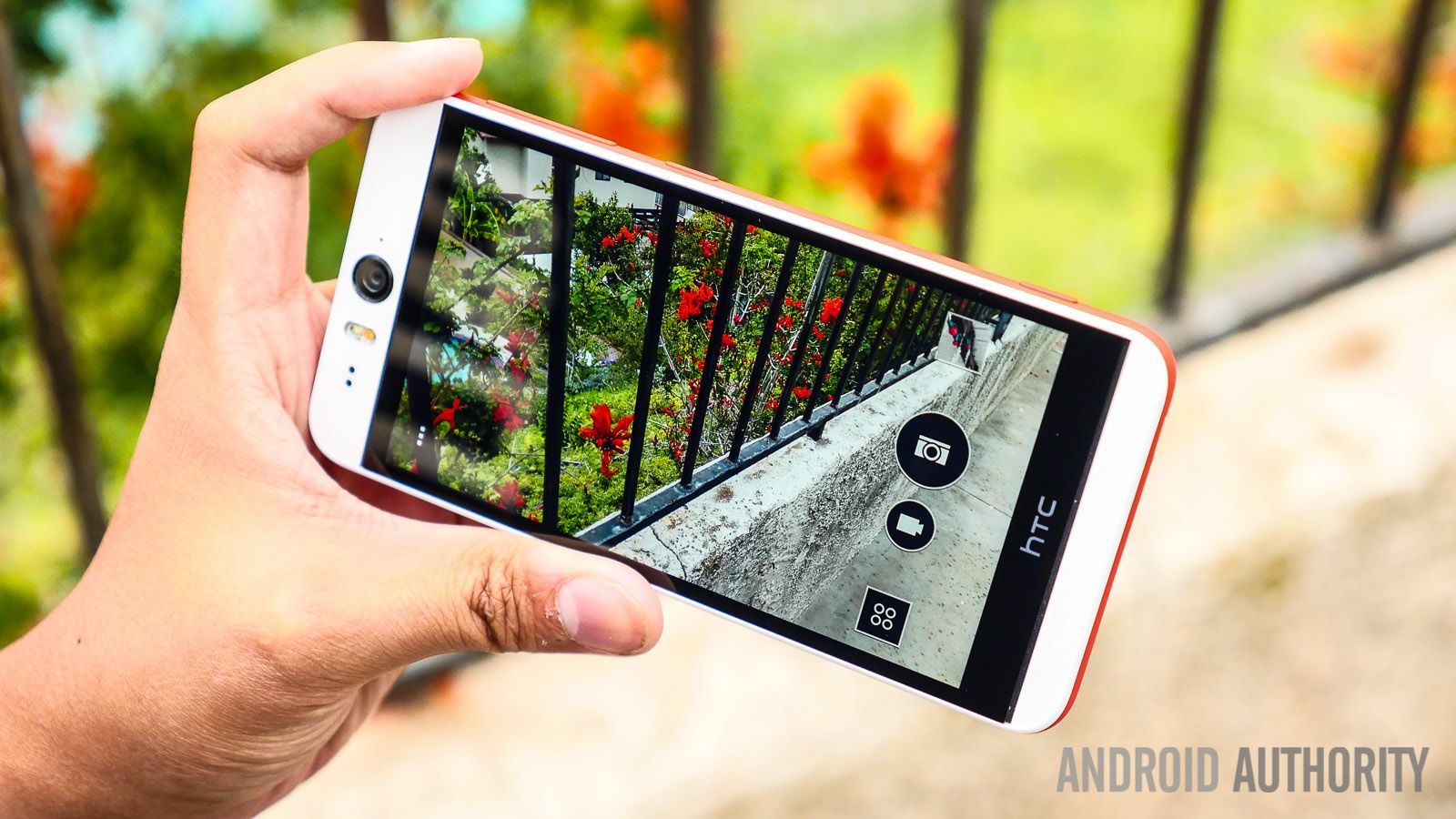
So far, you’ve seen our initial hands-on and first impressions of the HTC Desire EYE. While you’re waiting for the official review, let’s take a look at the most important part of this phone: the camera.
As HTC continues to receive tons of criticism regarding their cameras, they continue to try and beat the stigma that’s associated with the company name. HTCcameras have never been the best available on a smartphone, but after their somewhat recent switch to UltraPixel technology, criticism has never been tougher. The above video was shot entirely on either the front or rear cameras on the Desire EYE, and it aims to show you exactly what these cameras can do.
One of the first things you’ll notice aesthetically about the phone is the big front-facing camera module. That’s there for a reason… the Desire EYE has a 13MP front-facing camera. Since this is the biggest and (presumably) the best feature on this phone, let’s dive right in.
Related: Best HTCCamera Cases
Just because the front camera’s resolution is much higher than the competitions’, doesn’t necessarily mean it is much better, especially when it comes to low light shots. Take the below images for example. As soon as the camera is turned on, we’re faced with a ton of grain, fuzz and noise. As is the case with many other front cameras, the quality is just… decent. They aren’t horrible quality, but you can still absolutely tell that they’re taken with a front-facer.
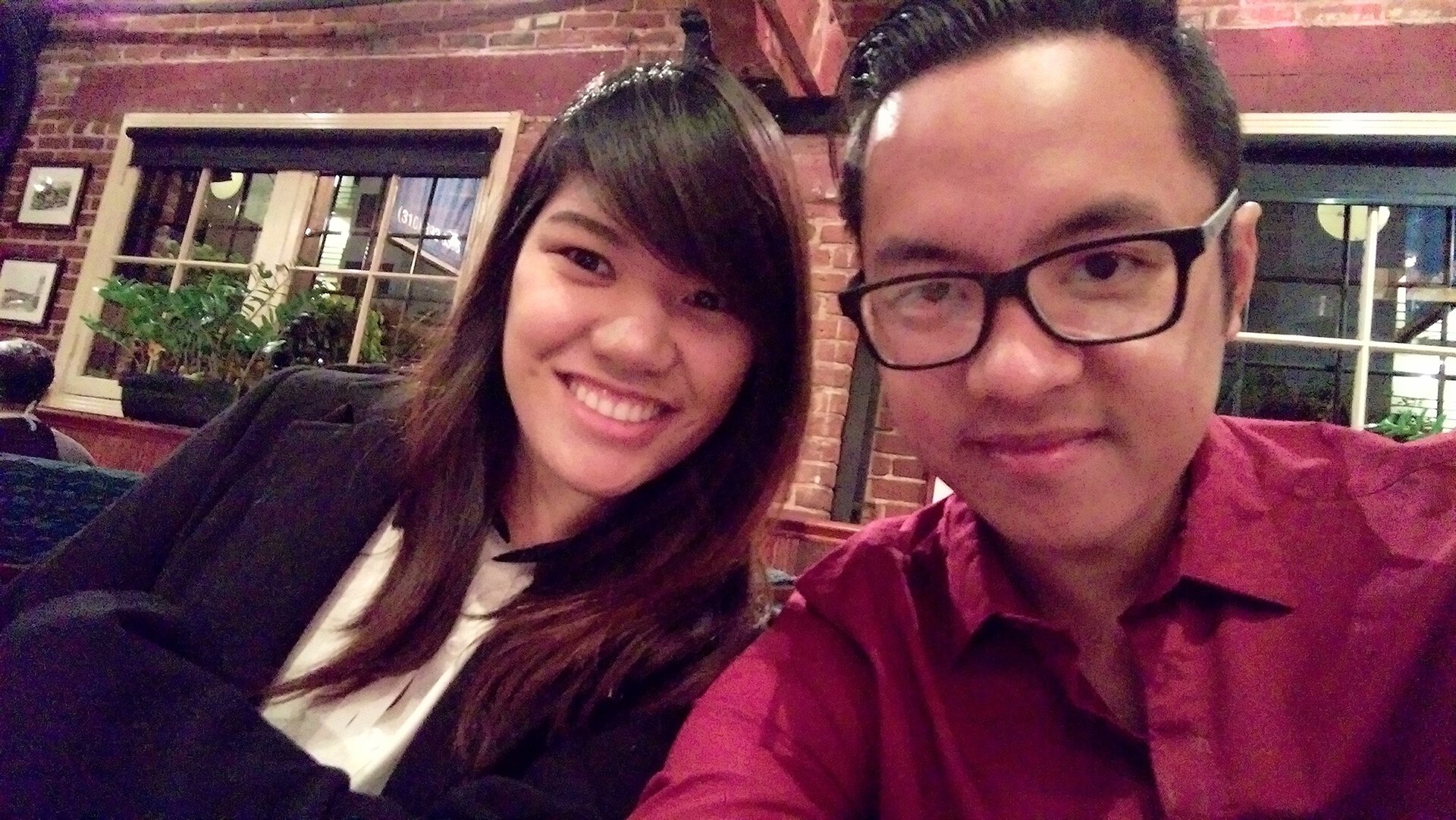
As you can see on these 100x zoomed in photos, the grain really makes for a blurry image. Unfortunately, low light photos is where the Desire EYE needed to stand out from the competition the most, especially when it’s being marketed as a portrait-friendly device.
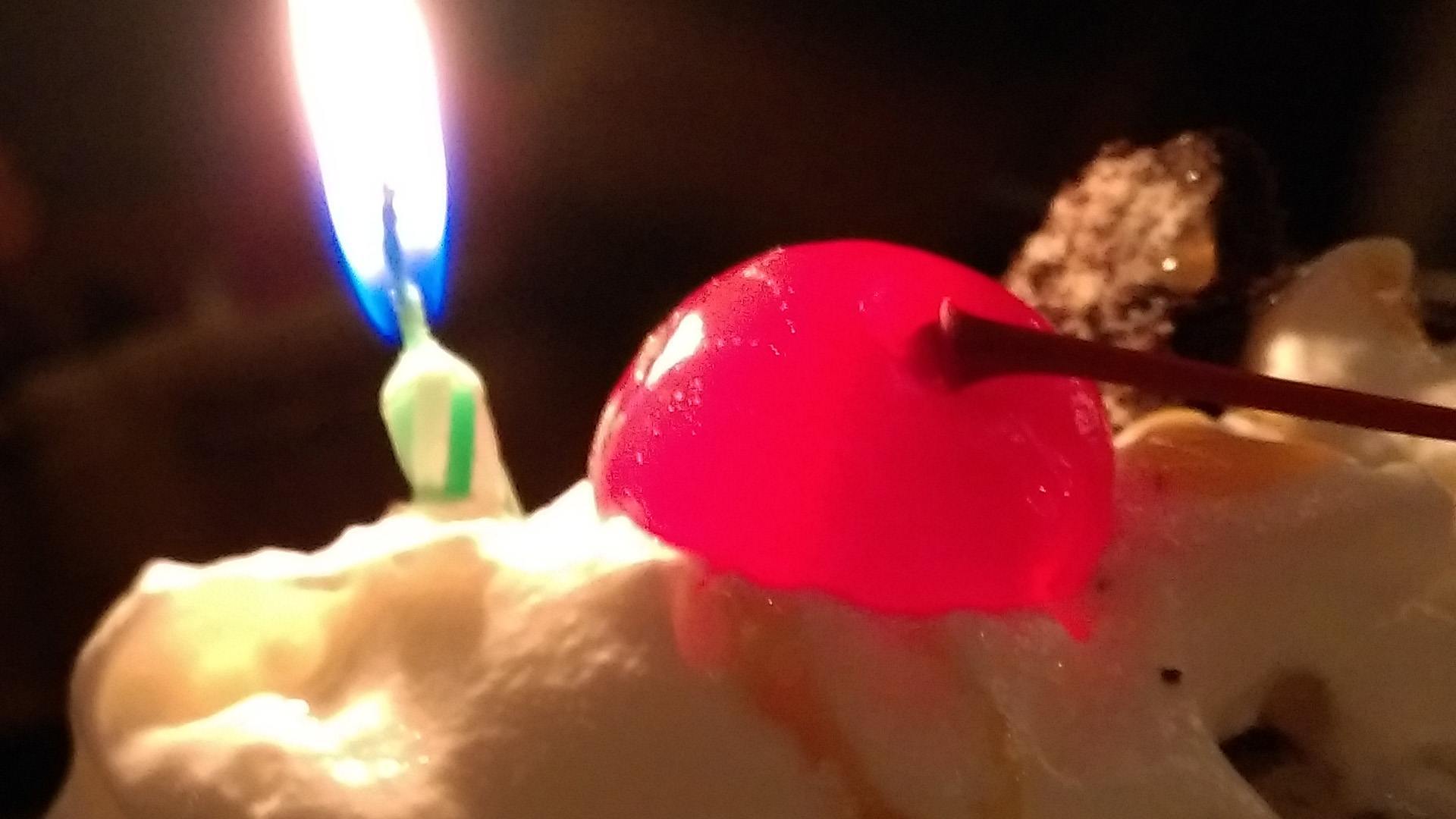
One area that we found that could have used a big improvement was the Auto Exposure Mode. On both cameras, it struggled to succeed in white balance. Switching to Incandescent White Balance vastly improved the white balance in many of our photos. Actually, when we used the Auto White Balance, images came out extremely yellow, and colors were very distorted. After we changed the mode around a bit, it took a very nice looking photo, though.

Taking outdoor shots is a different story. This is where both cameras truly shine when it comes to taking quick, clear pictures. Although not all that surprising, colors are much more accurate and details are much sharper when taking outdoor photos. The front camera still tends to over-expose images when compared to the rear camera, but we’re overall pretty happy with the quality shots that we took. We’ve found that both cameras are average in terms of smartphone camera quality, just as long as you’re not inside.
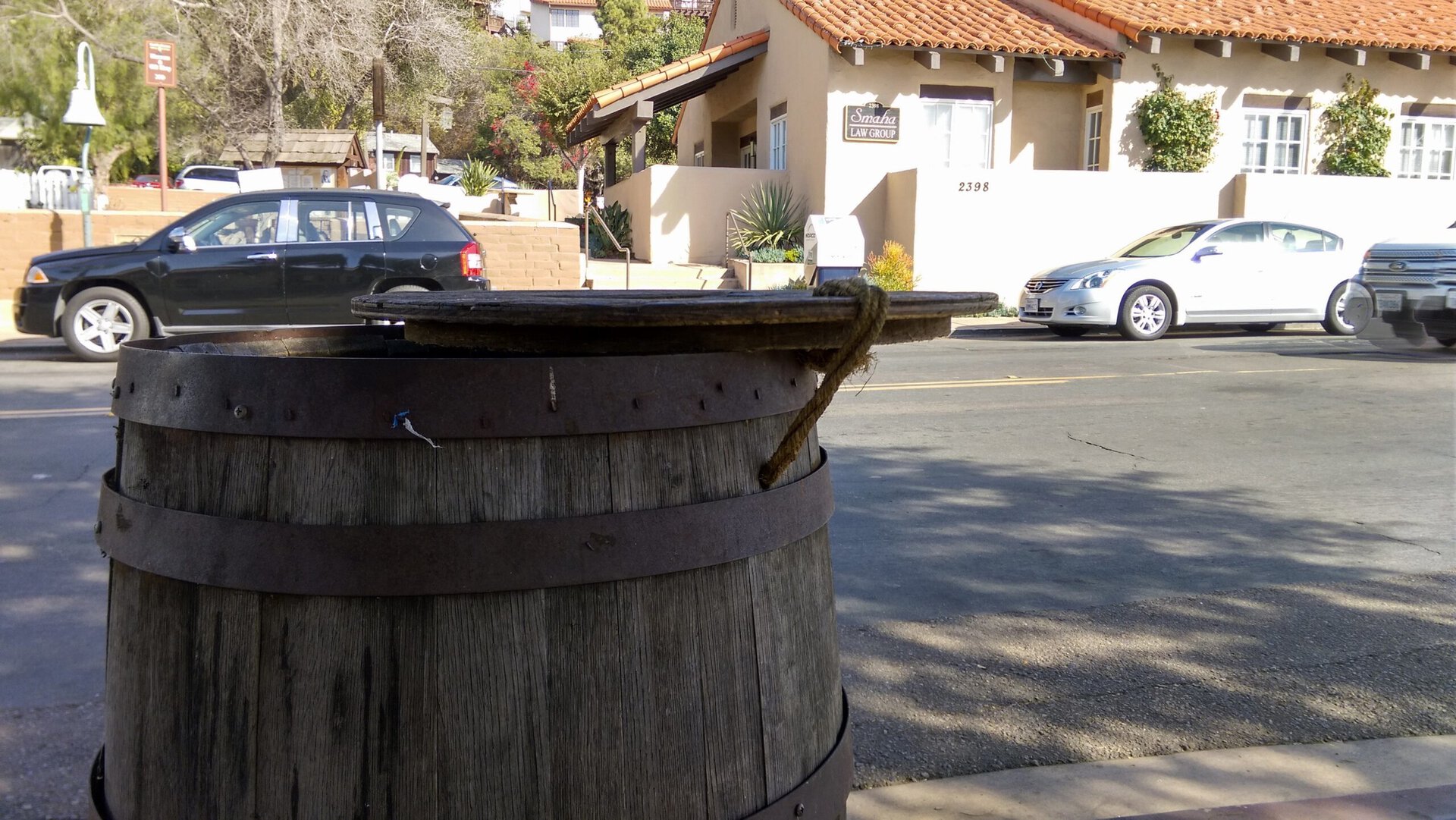
One way we found to bypass poorly lit areas is turning on HDR mode. When using it in the correct instance, HDR does a great job at lighting up the foreground, while the background stays correctly exposed.
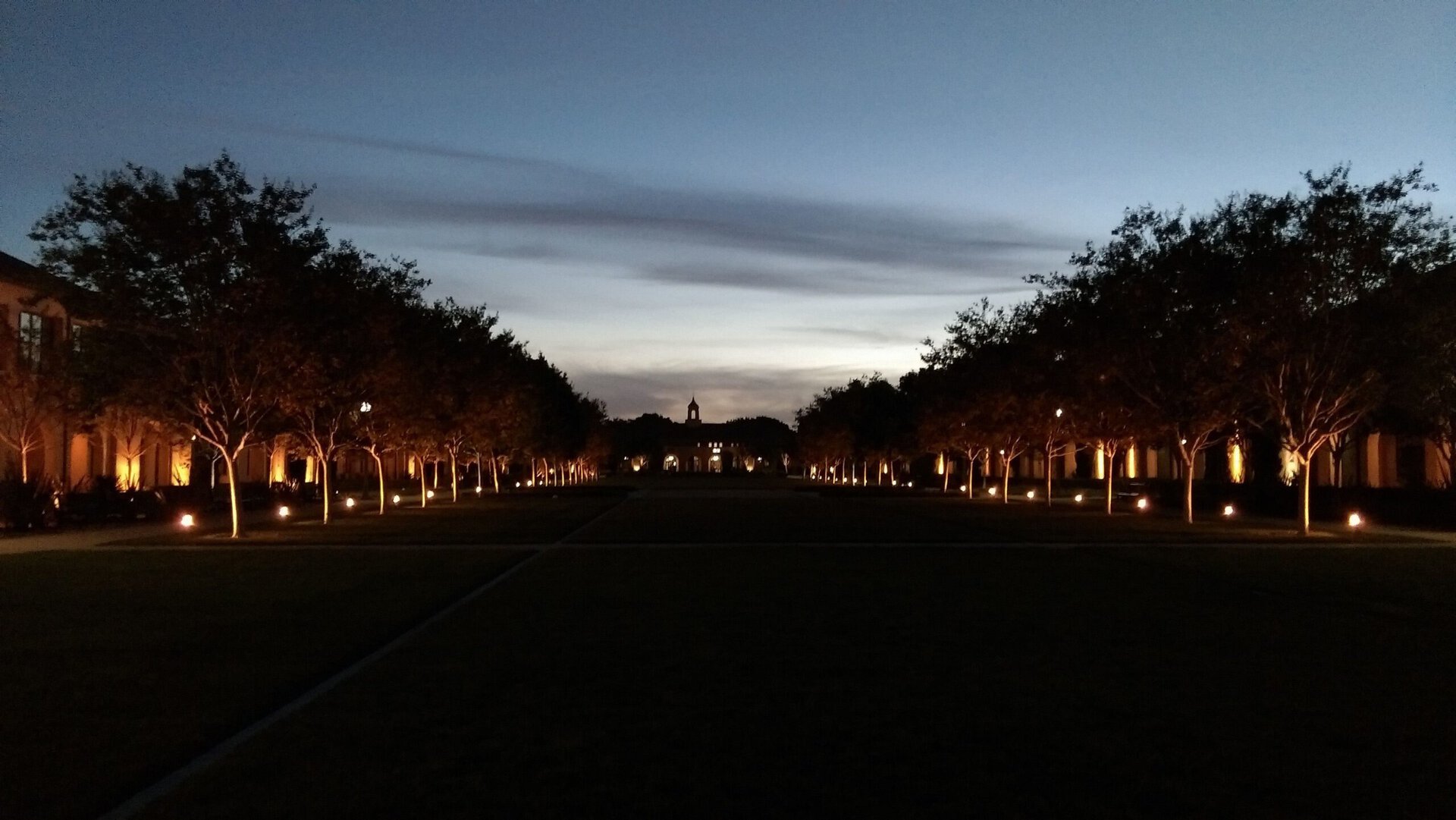
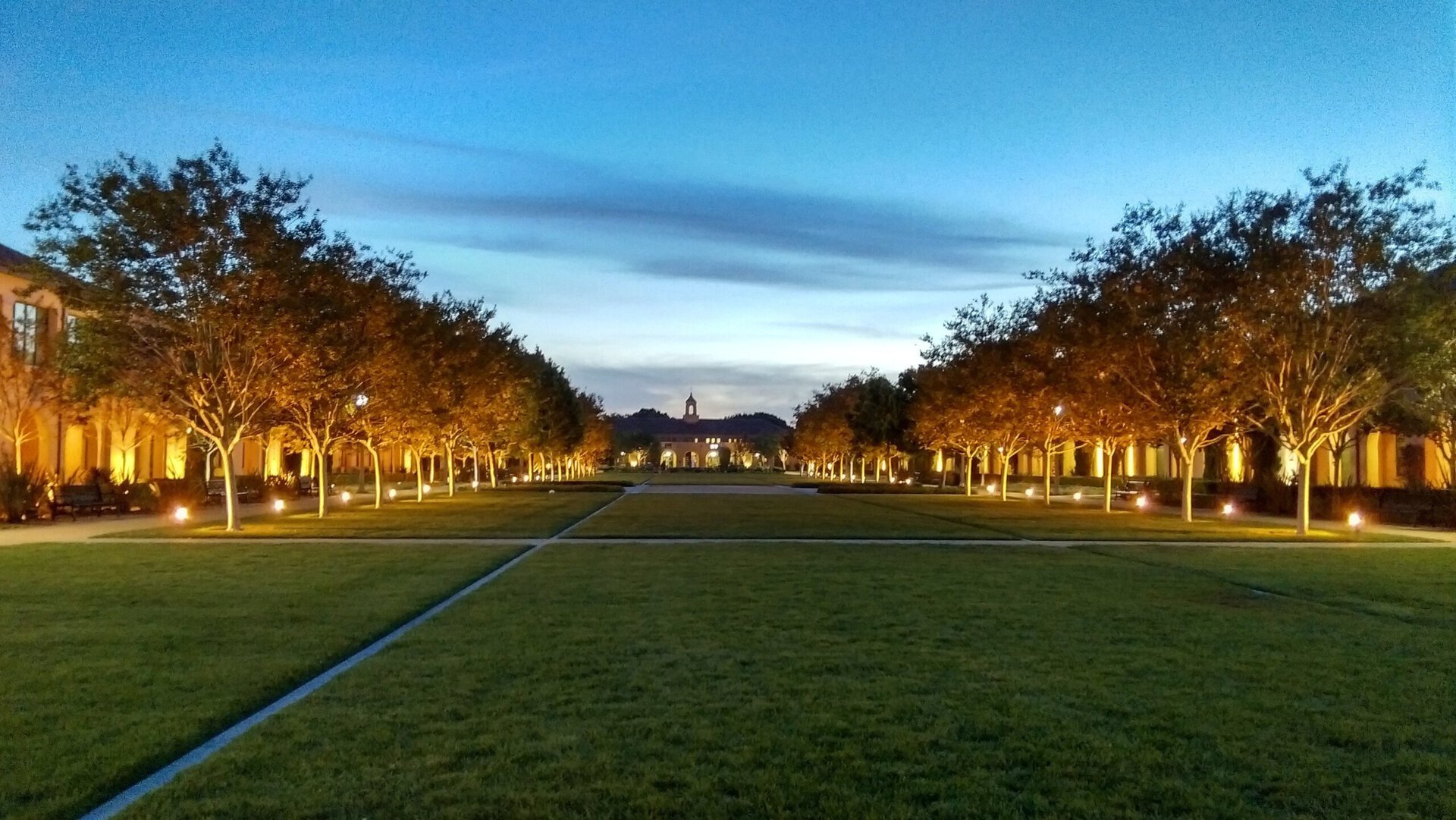
In all, we’ve found that these cameras are great for people who regularly post on social media, though not much more than that. Hopefully this and the above video can help you decide whether or not the HTCDesire EYE is right for you. What do you think of the front/rear cameras? Are they good enough to talk you into buying this device? Let us know your thoughts in the comments.